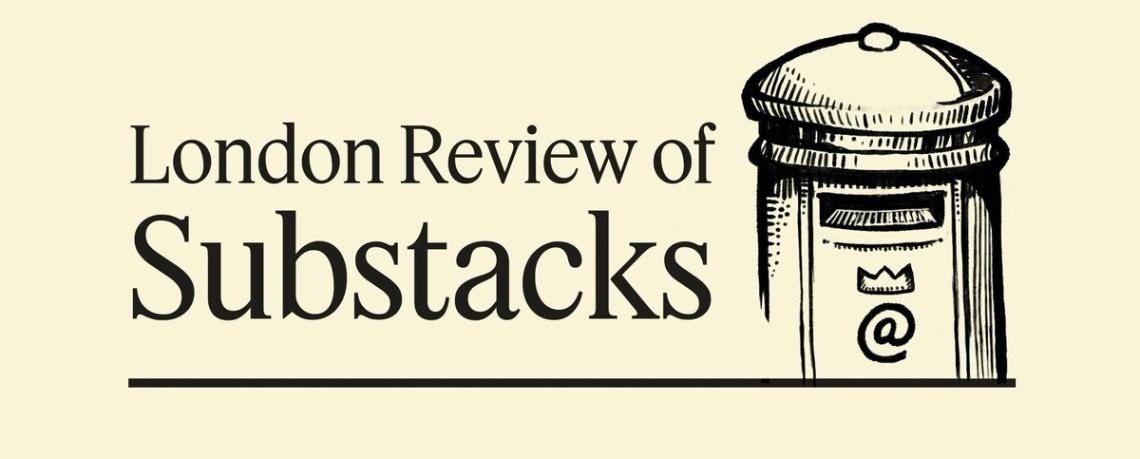 The topic of cancer US cancer death rates have fallen significantly: Americans’ risk of dying from cancer at any given age now is about a third lower than in 1990. The same is true in lots of other high-income countries. (The actual number of cancer deaths has gone up, but that’s just a result of people not dying of other things, so they live long enough to get cancer.) Some people argue that it’s not surprising: The 1990s were the peak of cancer mortality in the US, thanks to rates of smoking going up in the first half of the 20th century. But as Our World in Data’s Saloni Dattani argues, cancer’s retreat is driven by many more things than the drop in smoking. Rates of colorectal and stomach cancer deaths fell before smoking levels began to drop, and deaths from childhood cancers are down too. Partly this is because of improvements in treatment, which stop people dying once they get cancer, but the incidence of cancers has also fallen. One reason appears to be the growth in childhood vaccinations, which not only improves cancer survival — many cancer patients are immunocompromised, so infections can be deadly — but also lowers the chance of a person developing it in the first place. Many bacteria and viruses, notably human papillomavirus and hepatitis B and C viruses, directly cause cancer, and the introduction of mass vaccination against HPV, for example, led to a huge decline in cervical cancer. Euro trip Cody Strahm and his wife Ashley spent two months in Europe, and loved it. They had lived for a long time in Durham, North Carolina, had high-paying jobs, and “were living the American dream,” they said: Life was good. “Then we went to Europe,” specifically Belgium, France, the Netherlands, and the UK. “We lingered and people-watched at parks and cafes,” says Cody. “We struck up conversations over a pint or two at pubs… We learned a little French. We walked everywhere.” They lost weight, they were healthier, they felt safer. They felt there was a sense of community that they had lacked. And, back in the US, they found they missed it. They liked their high US salaries, so they made a decision: “We’d try to bring the European lifestyle with us. We’d do a lot more walking [and] lingering in third spaces.” But half-hour walks to the grocery store were unsuccessful: People “were worried enough to pull up and ask if we needed a ride.” Public transport felt threatening. So they packed their bags for a new trip: A four-month journey around Europe to search for a new, permanent home. (They found it: We won’t spoil the story by saying where.) The pain in Spain Traditional power plants, whether gas, coal, or nuclear, heat boiling water into steam to drive spinning turbines. Those turbines can weigh over 100 tons and spin very, very fast — 3,000 revolutions a minute — so they have a lot of kinetic energy. That’s important in the system: If the supply of energy from the power plant drops, the rotor’s spin will slow, and the momentum is converted into electricity. “This ‘inertia’ will buy the grid the few seconds it needs to activate its fast-response systems,” such as batteries and smaller engines, when a generator goes down, the tech writer Alex Chalmers writes in Works in Progress. Without it, a short-term drop in supply can cause oscillations in the system and bring it down. Spain’s entire grid collapsed simultaneously last week, and a key reason seems to have been that so much of its supply is from solar and renewable energy, which has no inertia. “The use of intermittent energy sources doesn’t cause power outages,” says Chalmers, but in the absence of inertia from traditional generators, outages can go from being local to affecting an entire country. “As Western countries continue to go full steam ahead on building out wind and solar capacity,” he says, “policymakers are yet to face-up to these trade-offs.” |